
In this post we will look at
1.)About Hass Avocado
2.)Taxonomy and Classification of Hass Avocado
3.)Physical Description of Hass Avocado
4.)Reproductive Biology of Hass Avocado
5.)Growing Conditions for Hass Avocado
6.)Propagation of Hass Avocado
7.) Management Practices for Hass Avocado
8.)Harvesting and Post-Harvest Handling of Hass Avocado
9.) Global Production for Hass Avocado
10.) Market Demand for Hass Avocado
11.) Economic Impact for Hass Avocado Farming
12.) Trade Dynamics around Hass Avocado Farming
13.)Hass Avocado Value Chain
14.)Health benefits of Hass Avocado
15.) Dietary Movements around Hass Avocado
16.)Challenges Facing the Hass Avocado Industry
17.)Pest and Disease Management for Hass Avocado
18.)Economic Fluctuations of Hass Avocado Farming
19.)Effect of Climate Change on Hass avocado farming
20.) Top Linking source on Hass avocado
About Hass Avocado

The Hass avocado (*Persea americana*), a cultivar of the avocado species, is renowned for its creamy texture and rich flavor. Since its introduction in the 20th century, the Hass avocado has become the most popular avocado variety worldwide. This overview will delve into its botanical characteristics, cultivation practices, economic importance, market trends, health benefits, and challenges faced in the industry.
Taxonomy and Classification of Hass Avocado
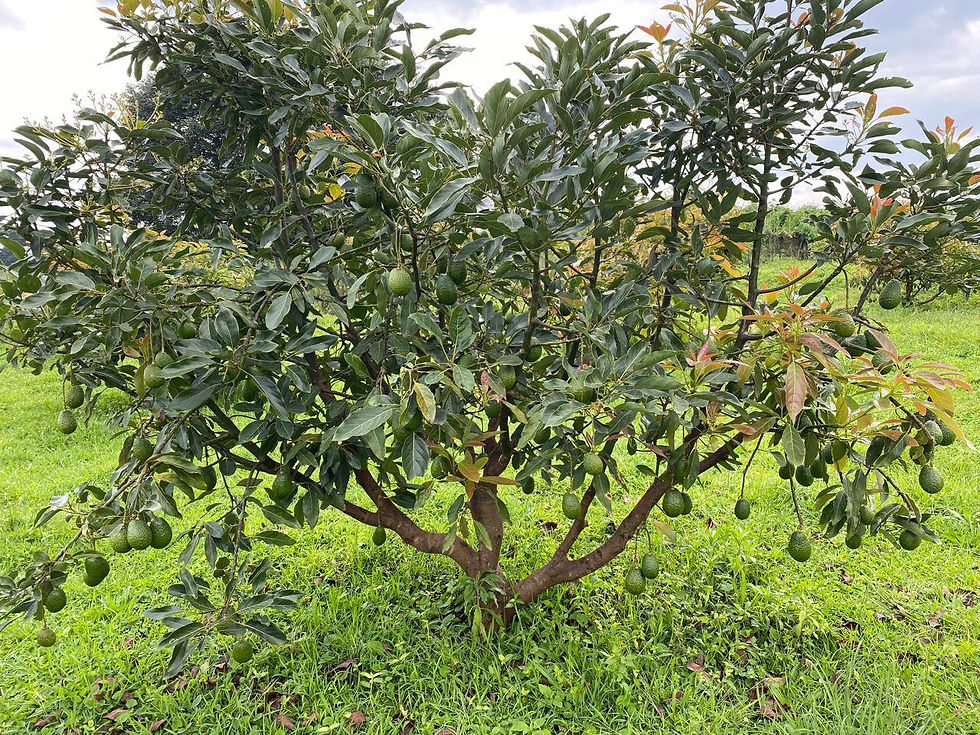
- **Kingdom**: Plantae
- **Clade**: Angiosperms
- **Clade**: Eudicots
- **Clade**: Laurales
- **Family**: Lauraceae
- **Genus**: Persea
- **Species**: *Persea americana*
- **Cultivar**: Hass

Image of Hass Avocado by Hass avocado Kereita
Fruit: The Hass avocado is characterized by its dark, pebbly skin that changes from green to nearly black when ripe. The fruit typically weighs between 200 to 300 grams.
Shape: It has a distinctive oval shape, with a high oil content ranging from 15% to 30%.
Tree: The Hass avocado tree is medium-sized, reaching heights of 6 to 10 meters. Its leaves are evergreen, leathery, and elliptical.
Reproductive Biology of Hass Avocado
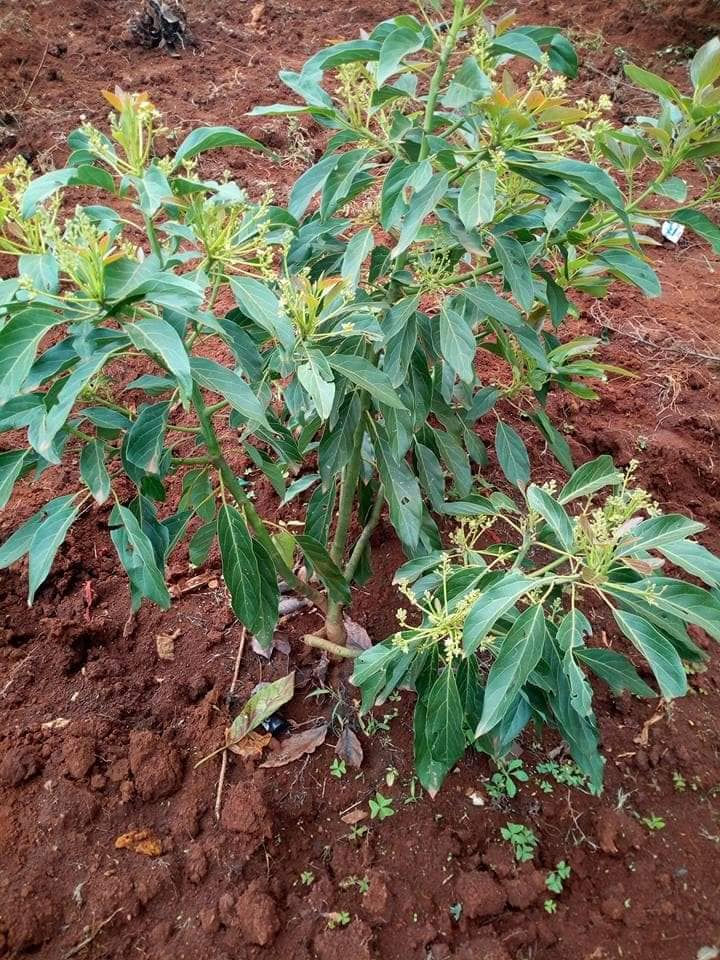
Pollination**: Avocados have a unique flowering behavior known as dichogamy, where the male and female flowers open at different times, promoting cross-pollination. However, Hass avocados are self-pollinating, which helps increase fruit set.
Fruit Development: The fruit takes about 6 to 8 months to mature, with optimal harvesting time based on the skin color and firmness.
Growing Conditions for Hass Avocado

Image of Hass avocado seedling
Climate: Hass avocados thrive in subtropical and tropical climates with temperatures between 15°C and 30°C. They require well-drained soil and are sensitive to frost.
Soil: Ideal soil types include sandy loam and clay loam, with a pH of 6 to 6.5. Good drainage is crucial to prevent root rot.
Propagation of Hass Avocado
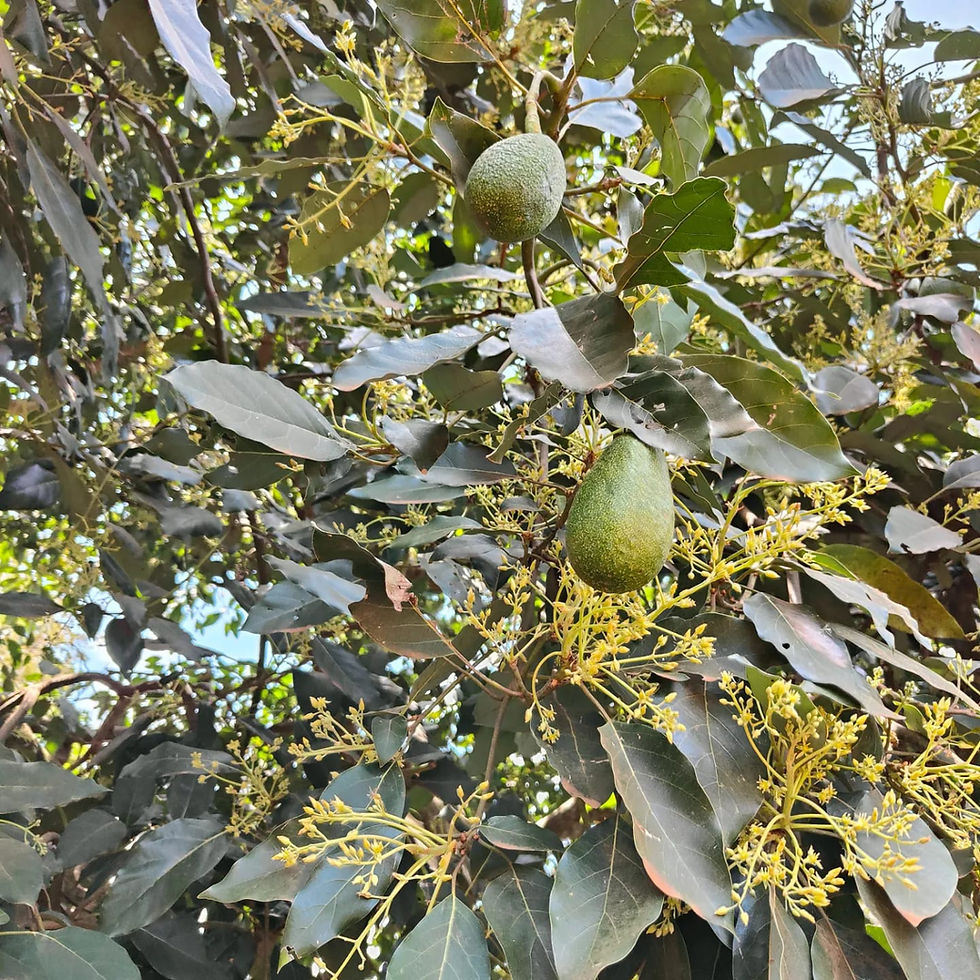
Hass avocados are typically propagated through grafting. Grafting ensures the new plants maintain the characteristics of the parent tree.
Rootstocks: Choosing the right rootstock is essential for ensuring disease resistance and optimal growth.
Management Practices for Hass Avocado
Irrigation: Regular irrigation is critical, especially in dry periods. Drip irrigation is preferred to conserve water and reduce
disease risk.
Fertilization: Nutrient management includes applying nitrogen, phosphorus, and potassium, along with micronutrients to enhance growth and fruit quality.
Pest and Disease Control: Common pests include the avocado lace bug and various mites. Integrated pest management (IPM) strategies are essential to control these pests effectively.
Harvesting and Post-Harvest Handling of Hass Avocado

Harvesting: Avocados do not ripen on the tree, so they are harvested when mature, typically based on size and color.
Ripening: After harvesting, avocados can ripen naturally at room temperature. Ethylene gas can also be used to hasten the ripening process for commercial purposes.
Storage: Proper post-harvest handling is crucial to extend shelf life. Controlled atmosphere storage can help maintain fruit quality during transport.
Global Production for Hass Avocado
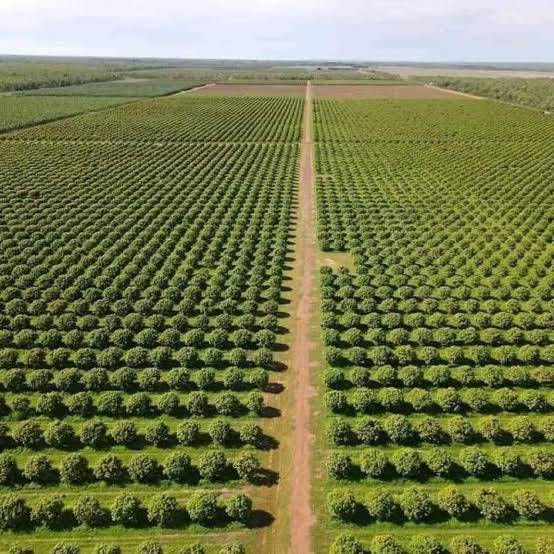
Image of Hass Farming plantation by Kereita Hass farming
As of 2022, the global avocado market was valued at approximately $13.3 billion, with projections suggesting growth to $30 billion by 2028. The Hass variety dominates this market, representing around 80% of global avocado production.
Major Producers and Leading avocado-producing countries include Mexico, the Dominican Republic, Peru, Colombia, and the United States (mainly California and Florida).
Market Demand for Hass Avocado
Consumer Preferences: The demand for Hass avocados has surged due to their unique flavor, health benefits, and versatility in culinary applications. They are widely used in salads, guacamole, and as a topping for various dishes.
Export Markets: Mexico is the largest exporter of avocados, primarily supplying the United States, which accounts for about 30% of global avocado consumption.
Economic Impact for Hass Avocado Farming
Employment: The avocado industry creates numerous jobs in agriculture, processing, and distribution, contributing significantly to local economies in producing regions.
Rural Development: Avocado cultivation provides economic opportunities for smallholder farmers, promoting rural development and poverty alleviation in many regions.
Trade Dynamics around Hass Avocado Farming
Export Value: Avocado exports have grown significantly, with Mexico exporting around $2.5 billion worth of avocados annually to the U.S. market.
Trade Agreements: Free trade agreements between countries have facilitated the growth of the avocado trade, reducing tariffs and increasing market access.
Hass Avocado Value Chain
Processing: Beyond fresh fruit, the avocado industry includes processing for oils, spreads, and frozen products. The oil extraction market has seen increased interest due to its health benefits.
Retail Trends: The rise of health-conscious consumers has spurred demand for avocados in supermarkets and restaurants, influencing pricing and availability.
Health Benefits of Hass Avocado
Nutritional Value: Hass avocados are nutrient-dense, providing vitamins (E, K, C, B vitamins), minerals (potassium, magnesium), and healthy monounsaturated fats.
Caloric Content: One medium Hass avocado contains approximately 240 calories, with 22 grams of fat, primarily healthy fats that support heart health.
Heart Health: The high content of monounsaturated fats can help lower bad cholesterol levels, reducing the risk of heart disease.
Anti-Inflammatory Properties: Antioxidants and phytochemicals in avocados possess anti-inflammatory properties, which may contribute to overall health.
Digestive Health: The fiber content in avocados supports digestive health and aids in maintaining a healthy gut microbiome.
Dietary Movements around Hass Avocado
The rise of dietary trends such as keto and paleo has further popularized avocados, as they fit well within these high-fat, low-carbohydrate diets.
Challenges Facing the Hass Avocado Industry

Water Usage: Avocado cultivation, particularly in regions like California, has raised concerns regarding water usage in drought-prone areas.
Land Use: The expansion of avocado farms can lead to deforestation and habitat loss, raising environmental sustainability concerns.
Pest and Disease Management for Hass Avocado

Image of Hass avocado by Parsharn nursery
Avocado crops are vulnerable to pests such as the avocado thrips and diseases like root rot caused by Phytophthora.
Integrated Pest Management (IPM): Employing IPM strategies is essential to mitigate these threats while minimizing chemical usage.
Economic Fluctuations of Hass Avocado Farming
Market Volatility: Prices for avocados can fluctuate significantly due to supply and demand dynamics, affecting farmers' income stability.
Competition: As global production increases, competition from other avocado-producing countries can impact market prices.
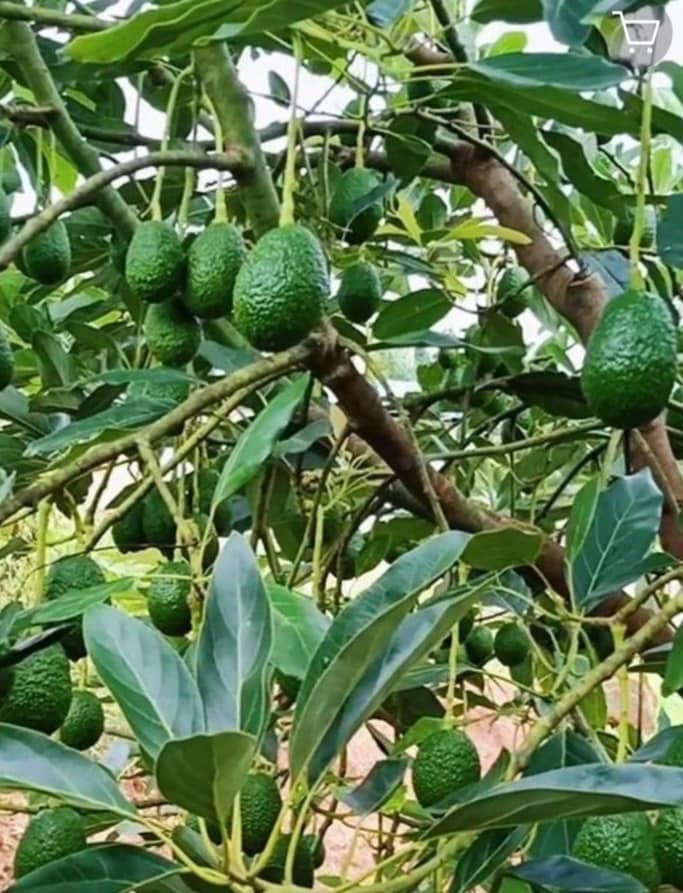
Impact on Production: Climate change poses risks to avocado production through altered weather patterns, affecting flowering and fruit set.
Adaptation Strategies: Research into climate-resilient avocado varieties and sustainable farming practices is crucial to ensure future production.
Top Linking Source on Hass Avocado
1. FAO (Food and Agriculture Organization). (2022). "Avocado Production Statistics."
2. Hass, A. (1935). "The Origin of the Hass Avocado." *California Avocado Society Yearbook*.
3. USDA (United States Department of Agriculture). (2022). "Nutritional Profile of Avocados."
4. World Bank. (2023). "Economic Impact of the Avocado Industry in Mexico."
5. Inter-American Development Bank. (2021). "Avocado Value Chains in Latin America."

Comments